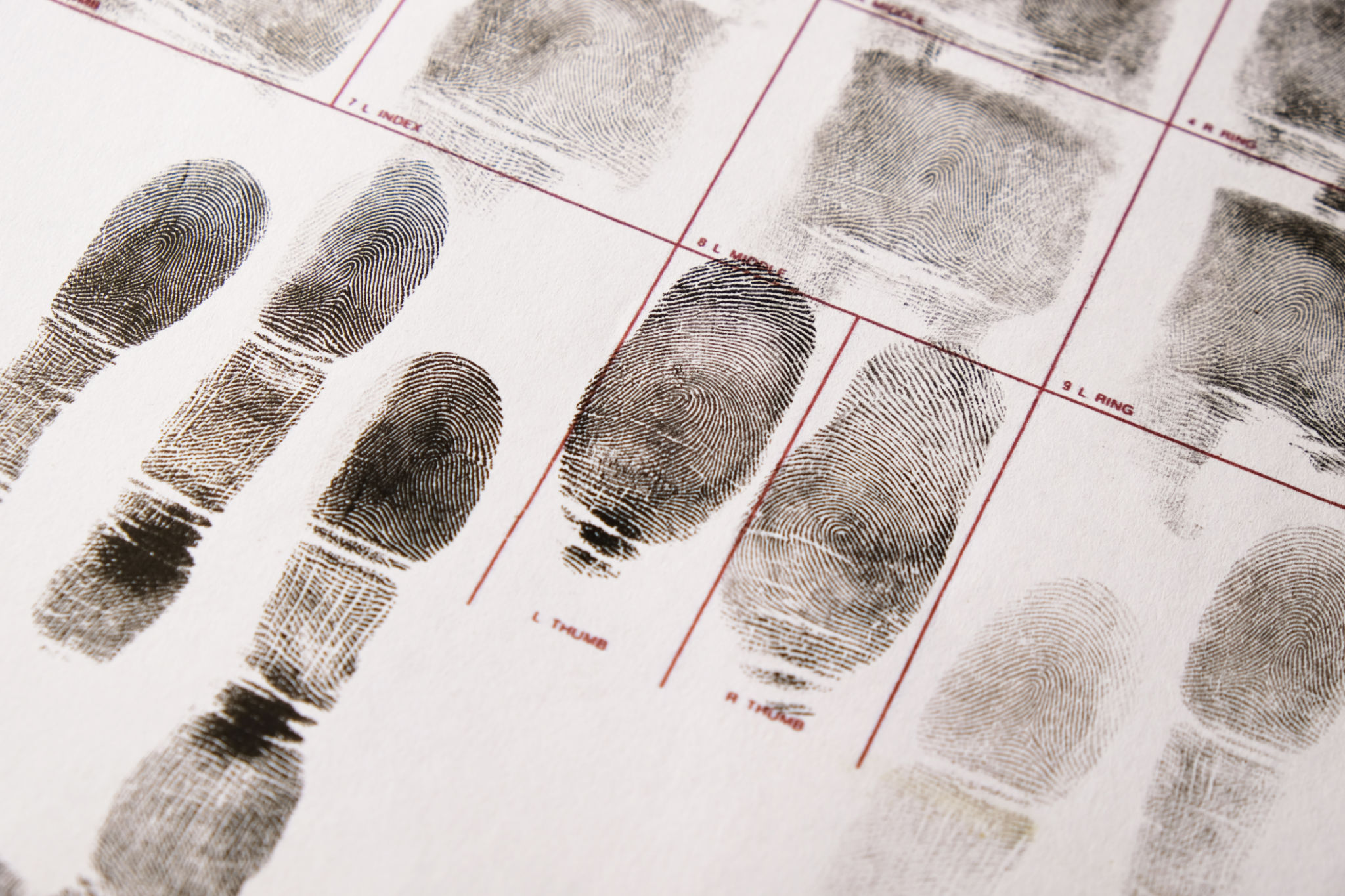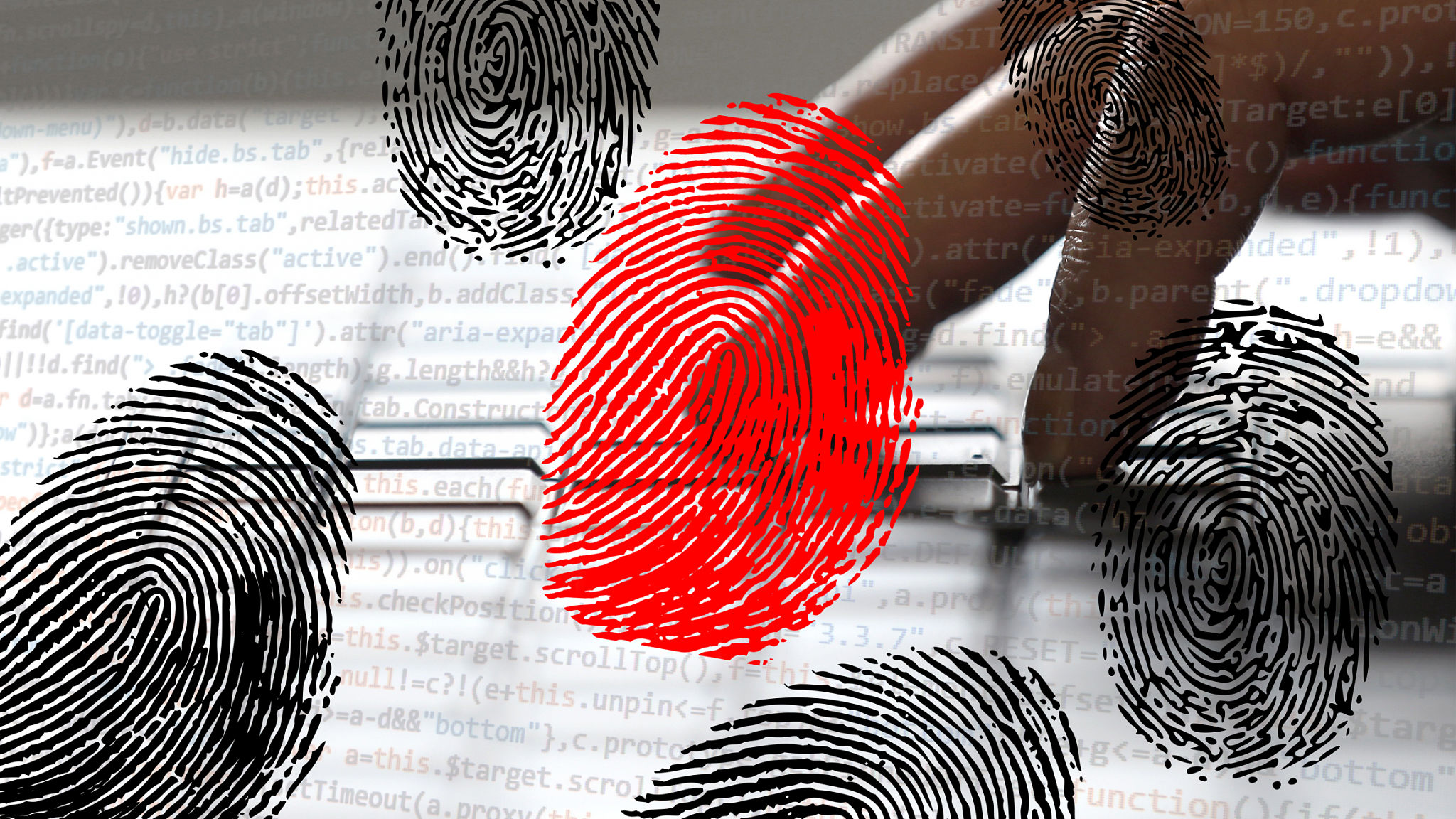Fingerprint Live Scan vs. Traditional Fingerprinting: Which is Better?
Fingerprinting is a vital tool in various fields, from law enforcement to employment background checks. Over the years, the methods of fingerprinting have evolved significantly. Two main techniques are currently used: Fingerprint Live Scan and Traditional Fingerprinting. Understanding the differences between these methods can help determine which is better suited for specific needs.
What is Traditional Fingerprinting?
Traditional fingerprinting is the age-old method of capturing fingerprints using ink and paper. This technique involves pressing an individual's fingers onto an ink pad and then rolling them onto a piece of paper to create a print. Despite its simplicity, this method has been widely used for decades.
However, traditional fingerprinting has its drawbacks. The process can be messy and time-consuming, and the quality of the prints can vary significantly depending on the skill of the person taking them. Additionally, storing and retrieving these physical records can be cumbersome.

Introducing Fingerprint Live Scan
Fingerprint Live Scan is a modern, digital approach to capturing fingerprints. This method uses a digital scanner to capture high-resolution images of fingerprints without the need for ink or paper. The images are then stored electronically, allowing for easy access and retrieval.
The Live Scan process offers several advantages over traditional methods. It produces higher-quality images and is generally faster and cleaner. Moreover, because the data is stored digitally, it can be shared quickly with other agencies or departments as needed.

Accuracy and Efficiency
When it comes to accuracy, Fingerprint Live Scan has a clear edge over traditional methods. The digital capture process reduces the chances of smudges or incomplete prints, which are common issues with ink-based methods. This precision ensures that the captured data is more reliable for identification purposes.
In terms of efficiency, Live Scan is superior as well. The process is quicker, often taking just minutes to complete, compared to the longer time required for traditional ink methods. This speed can be particularly beneficial in situations where time is of the essence, such as in law enforcement.

Cost Considerations
Cost is another factor to consider when choosing between these two methods. While the initial setup for Live Scan may be higher due to the need for specialized equipment, the overall costs can be lower in the long run. This is because digital records eliminate the need for physical storage and reduce administrative workload.
Traditional fingerprinting may seem cheaper initially but can incur more costs over time due to storage needs and potential reprints if the quality of fingerprints is insufficient.
Applications in Various Industries
Both fingerprinting methods have their place across different industries. Law enforcement agencies often prefer Live Scan due to its speed and accuracy, which are crucial in criminal investigations. Meanwhile, smaller organizations or those with limited budgets might still rely on traditional methods for simple background checks.
The healthcare industry also benefits from Live Scan technology, particularly in maintaining secure patient records and ensuring employee credentials are verified quickly and efficiently.

Conclusion: Which is Better?
The decision between Fingerprint Live Scan and Traditional Fingerprinting ultimately depends on the specific requirements and constraints of an organization or individual. For those prioritizing speed, accuracy, and long-term cost savings, Fingerprint Live Scan is undoubtedly the better option.
However, for smaller operations with limited budgetary resources or specific needs that do not require high-tech solutions, traditional fingerprinting remains a viable choice. Regardless of the method chosen, both techniques play essential roles in security and identification processes worldwide.